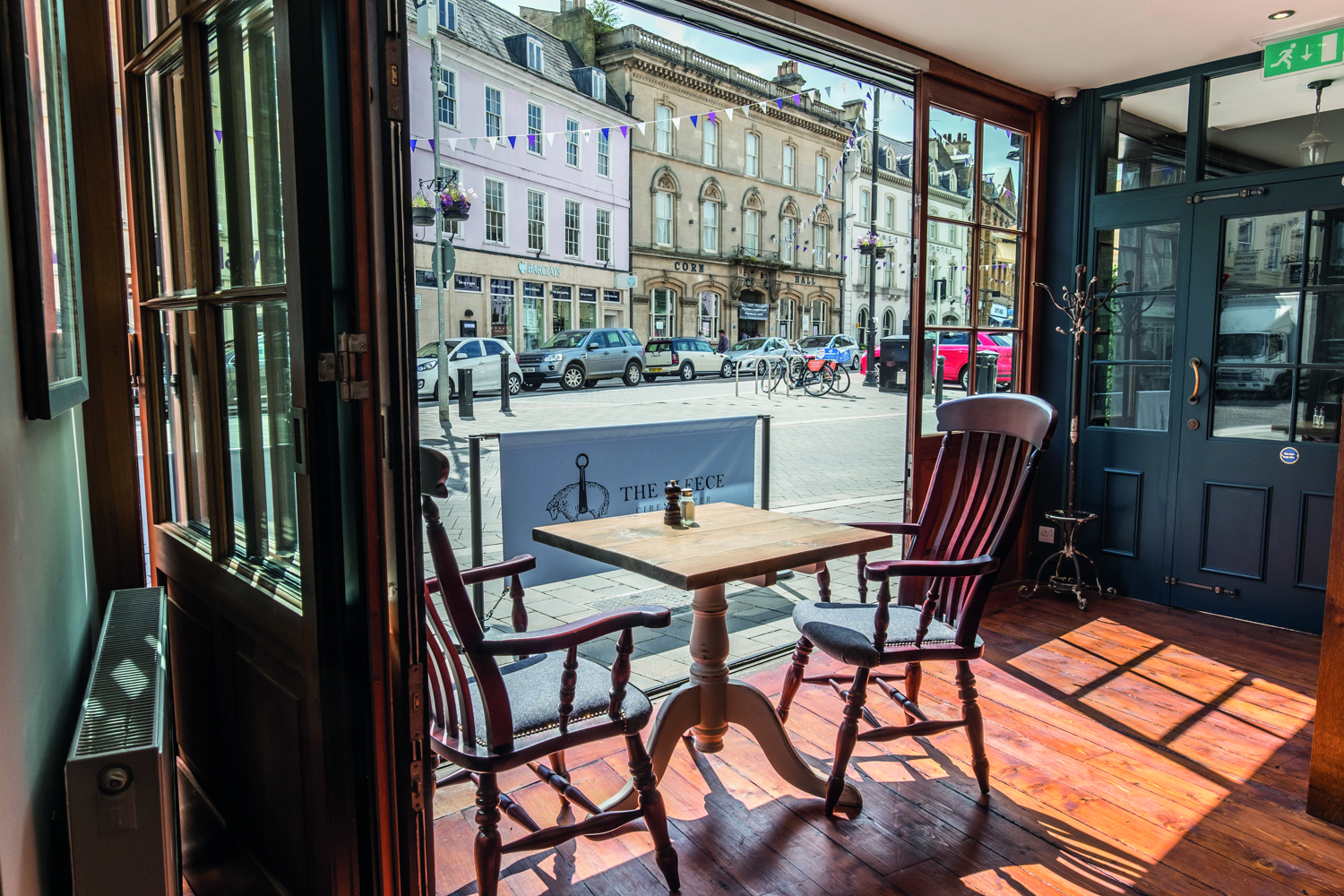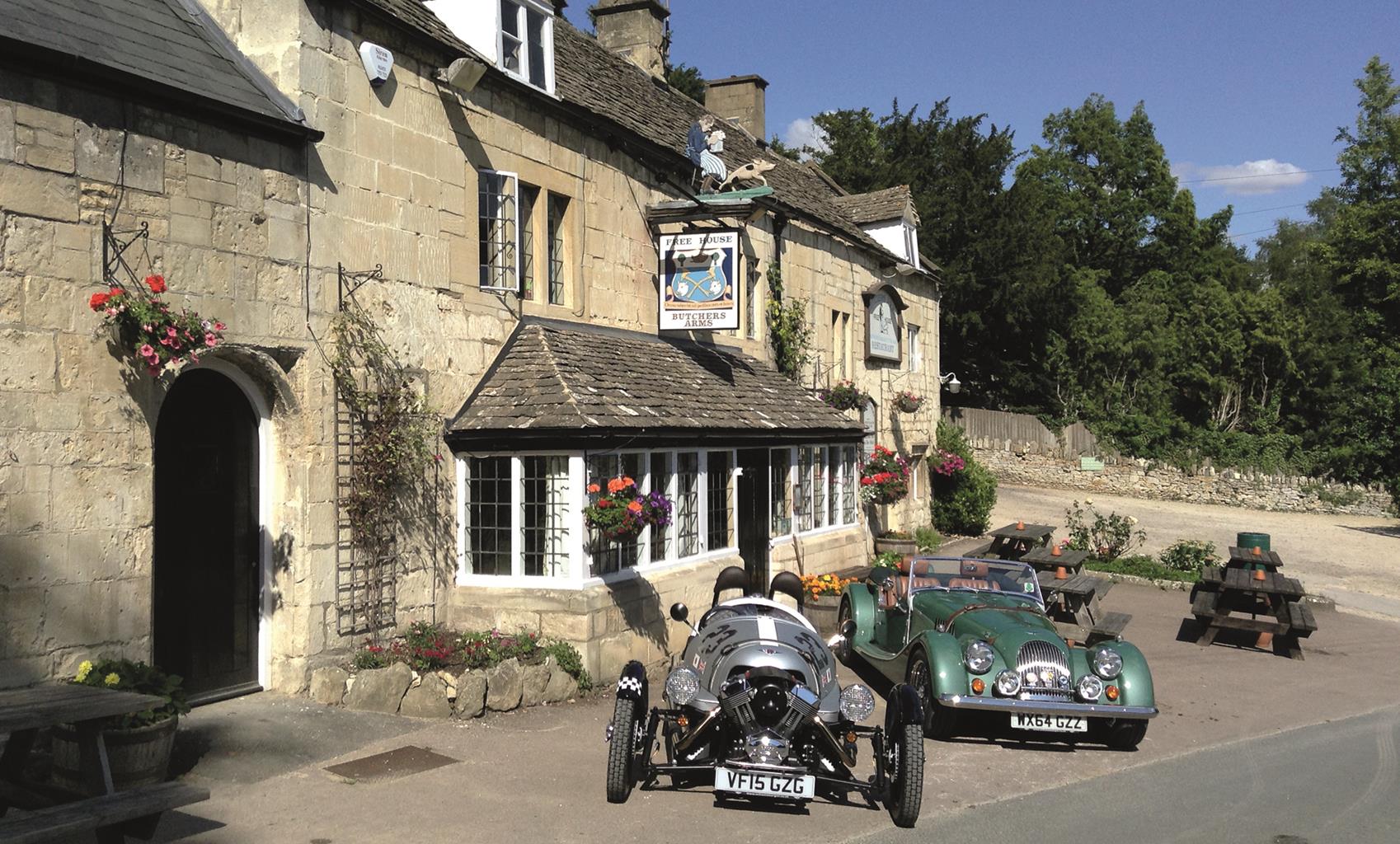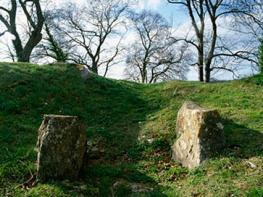This establishment was a cider house in the 17th century, and guests today will find that…
The Thames and Severn Canal at Sapperton

Sapperton, both the focus of a major engineering project and a cradle for cultural change.
6 miles (9.7kms)
About the walk
Sapperton was at the centre of two conflicting movements during the late 18th and early 20th centuries – the Industrial Revolution and the Romantic Revival. In the first case, it was canal technology that came to Sapperton. Canal construction was widespread throughout England from the mid-18th century onwards. Investors poured their money into 18th-century joint stock companies, regardless of their profitability. Confidence was high and investors expected to reap the rewards of commercial success based on the need to ship goods swiftly across the country.
One key project was thought to be the canal that would link the River Severn and the River Thames. The main obstacle was the need for a tunnel through the Cotswolds, at unknown cost. But these were heady days, and investors’ money was forthcoming to press ahead with the scheme in 1783. During the tunnel’s construction, the diarist and traveller John Byng visited the workings. With obvious distaste he wrote, ‘I was enveloped in thick smoke arising from the gunpowder of the miners, at whom, after passing by many labourers who work by small candles, I did at last arrive; they come from the Derbyshire and Cornish mines, are in eternal danger and frequently perish by falls of earth.’
The Thames and Severn Canal opened in 1789, linking the Thames at Lechlade with the Stroudwater Navigation at Stroud. The Sapperton Tunnel, at 3,400yds (3,109m) long, is still one of the longest transport tunnels in the country. Barges were propelled through the tunnel by means of ‘leggers’ – men who laid on their backs on boards sticking out from the barge and ‘walked’ the barge through the tunnel.
Yet the canal was not a success: either there was too much or too little water, and rockfalls and leakages required constant attention. The cost of maintaining the tunnel led to the closure of the canal in 1911.
It isn’t just the great canal tunnel that is of interest in Sapperton. Some of the cottages here were built by disciples of designer William Morris (1834–96). He was the doyen of the Arts and Crafts Movement, which aspired to reintroduce to English life a simple yet decorative functionality, in part as a reaction to the growing mass-production methods engendered by the Industrial Revolution. Furniture makers and architects like Ernest Gimson (from Leicestershire), Sidney and Ernest Barnsley (from Birmingham) and Norman Jewson (from Norwich) all worked in Daneway, at Daneway House. Gimson and the Barnsley brothers are buried at Sapperton Church. And, in fact, you’ll find the finest example of the Arts and Crafts vernacular-style architecture in Sapperton at Upper Dorval House. The entrance to the western end of the Sapperton Tunnel is in fact in the hamlet of Daneway, a short walk along the path from the Daneway Inn.
Walk directions
With the church to your left, walk along a ‘No Through Road’. Descend rapidly to a house entrance at the bottom and turn left onto a footpath. Follow the path right and into woodland.
Cross a stream and continue left uphill into woodland. Take the main path and, where it forks, go left uphill. Climb to a junction of tracks. Turn left at the guide post and follow the track through woodland for around 0.5 miles (800m) to a gate at a lane.
Turn left and then immediately right over a stile opposite Daneway House. Walk through the lower part of Daneway Banks nature reserve along a wide grassy area with a fence to the right, to a kissing gate at a lane. Turn right for 250yds (229m), then left onto a drive.
Walk down the drive of a house called Spring Bank, ignoring the stile into woodland on the left. Go along a narrow path next to the fence on your right. Go over a stile, ahead to another and cross a stone slab bridge, then go through a field to a gate into woodland and follow the path to a stile into a field. Bear right to a gate and stile, then walk straight ahead towards farm buildings. Cross a stile to the left of the farm and walk ahead to a lane.
Turn left and pass a junction, signed ‘Trillis’. At a sharp right corner go ahead into a field. Walk to a stile at the far end. Go straight across the next field and find a stile in the top right corner. Go straight ahead to follow the left margin of the next field to a stile at a road. Turn left along the road to descend through Oakridge Lynch.
At the bottom of the hill, bear left with the road, then take the right fork uphill. At a crossroads, turn right towards Bisley and climb steeply to a junction. Turn left. Walk to the end of the village green and bear right to a squeeze stile. Enter a field, keep close to a hedgerow on the left-hand side and cross three further stiles. Go across a field with a hedge close on your left to a stile into woodland. Descend steeply, then turn left over a stile and follow a footpath to a junction. Turn left downhill to reach a road.
Turn left to a junction, then right to cross a bridge. Bear left and, after 50 paces, turn left again over a footbridge with a stile at each end. Turn right onto the canal towpath and follow the canal for 600yds (549m). Cross a canal bridge on the right and continue along the canal for a further 1.5 miles (2.4km). At a split in the path, bear left over a modern footbridge and continue along the towpath to a road by the Daneway Inn. Turn right over a bridge and then left to continue by the canal, keeping to the left and above a grassy picnic area. At Sapperton Tunnel, fork right, then bear left above the tunnel’s portico to a stile into a field. Bear slightly right up to a kissing gate, then left onto a path. Walk up to a lane, which leads back into Sapperton. Turn left and then right at the churchyard to return to the start.
Additional information
Woodland paths and tracks, fields, lanes and canalside paths, many stiles
Secluded valleys and villages
Good – very little livestock
OS Explorer 168 Stroud, Tetbury & Malmesbury
In Sapperton village near church
None on route
WALKING IN SAFETY
Read our tips to look after yourself and the environment when following this walk.
Find out more
Also in the area
About the area
Discover Gloucestershire
Gloucestershire is home to a variety of landscapes. The Cotswolds, a region of gentle hills, valleys and gem-like villages, roll through the county. To their west is the Severn Plain, watered by Britain’s longest river, and characterised by orchards and farms marked out by hedgerows that blaze with mayflower in the spring, and beyond the Severn are the Forest of Dean and the Wye Valley.
Throughout the county you are never far away from the past. Neolithic burial chambers are widespread, and so too are the remains of Roman villas, many of which retain the fine mosaic work produced by Cirencester workshops. There are several examples of Saxon building, while in the Stroud valleys abandoned mills and canals are the mark left by the Industrial Revolution. Gloucestershire has always been known for its abbeys, but most of them have disappeared or lie in ruins. However, few counties can equal the churches that remain here. These are many and diverse, from the ‘wool’ churches in Chipping Campden and Northleach, to the cathedral at Gloucester, the abbey church at Tewkesbury or remote St Mary’s, standing alone near Dymock.
Nearby stays
Restaurants and Pubs
Nearby experiences
Recommended things to do
Why choose Rated Trips?
Your trusted guide to rated places across the UK
The best coverage
Discover more than 15,000 professionally rated places to stay, eat and visit from across the UK and Ireland.
Quality assured
Choose a place to stay safe in the knowledge that it has been expertly assessed by trained assessors.
Plan your next trip
Search by location or the type of place you're visiting to find your next ideal holiday experience.
Travel inspiration
Read our articles, city guides and recommended things to do for inspiration. We're here to help you explore the UK.













